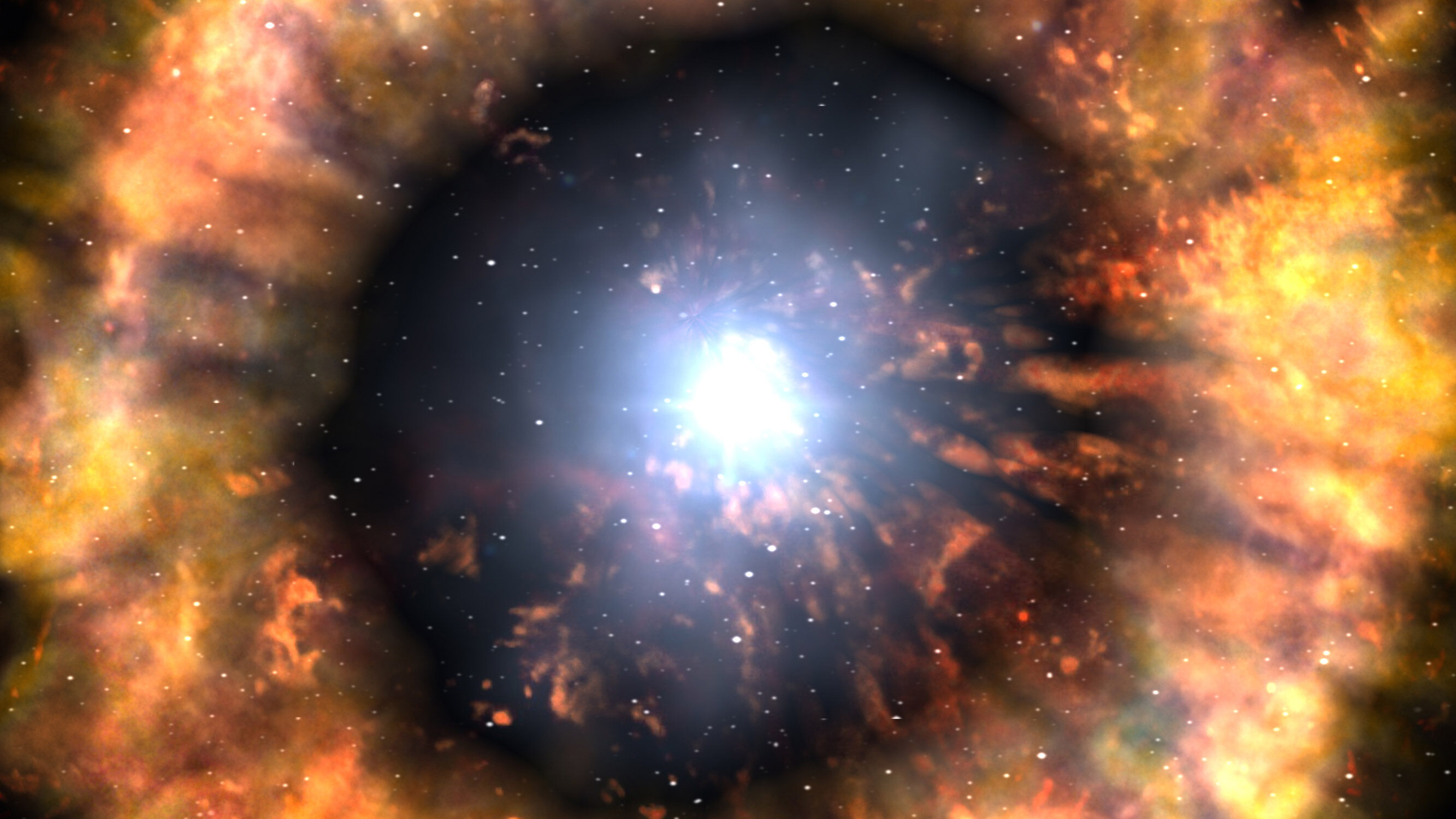OF THE
TIMES
I've had enough of someone else's propaganda. I'm for truth, no matter who tells it. I'm for justice, no matter who it's for or against. I'm a human being first and foremost, and as such I am for whoever and whatever benefits humanity as a whole.
" Rare " ,that word once more does its tour of duty, maybe to reassure or reduce its importance of the event, so that a Population here on Earth...
My Old fav is once more stirring interest but now to a wider audience, only when it's barrelling down towards Earth will the the Authorities 🤣🤣🤣...
At least there's someone out there with balls to spread the message to the MASSES.
"Otherwise Ukraine stops existing," he said. Ukraine barely exists now !
This is where I first saw the confrontation in the elevator and I find it odd I can't post this as a response to Pierre above - so I'll post it...
To submit an article for publication, see our Submission Guidelines
Reader comments do not necessarily reflect the views of the volunteers, editors, and directors of SOTT.net or the Quantum Future Group.
Some icons on this site were created by: Afterglow, Aha-Soft, AntialiasFactory, artdesigner.lv, Artura, DailyOverview, Everaldo, GraphicsFuel, IconFactory, Iconka, IconShock, Icons-Land, i-love-icons, KDE-look.org, Klukeart, mugenb16, Map Icons Collection, PetshopBoxStudio, VisualPharm, wbeiruti, WebIconset
Powered by PikaJS 🐁 and In·Site
Original content © 2002-2024 by Sott.net/Signs of the Times. See: FAIR USE NOTICE

BUT! . . . {Note that they do NOT consider that maybe their dating techniques might be . . dated?
Conclusion: I am certain that if/when Velikovsky quoted the 185 day source, he would have been crucified for it. (We're all getting a lesson in that these days.)
R.C.